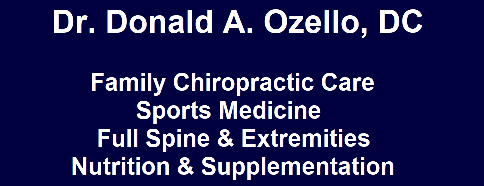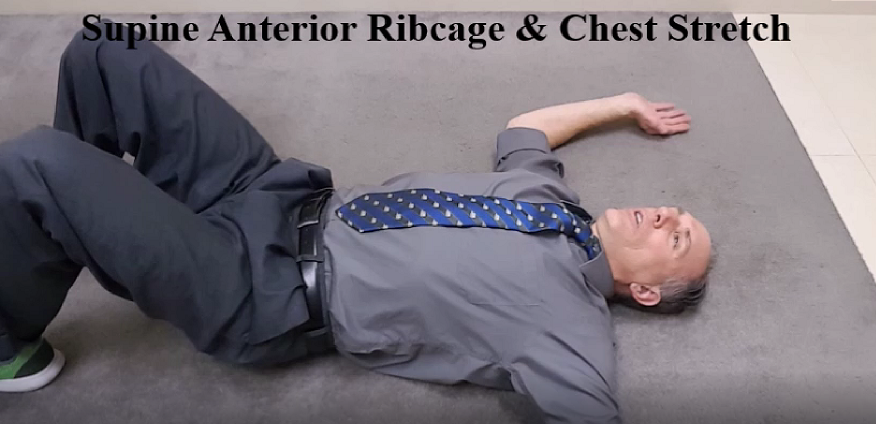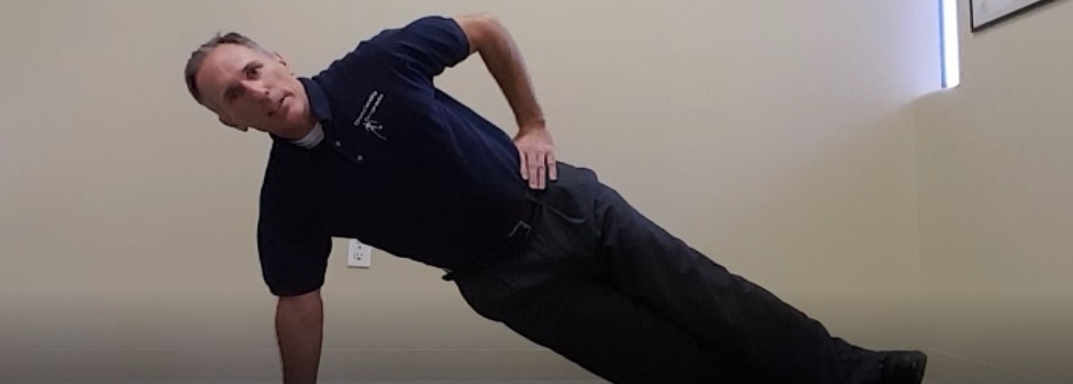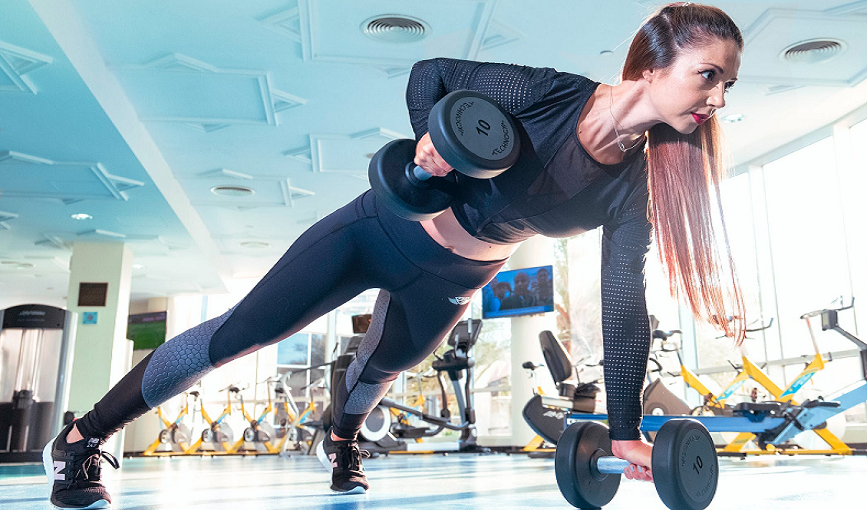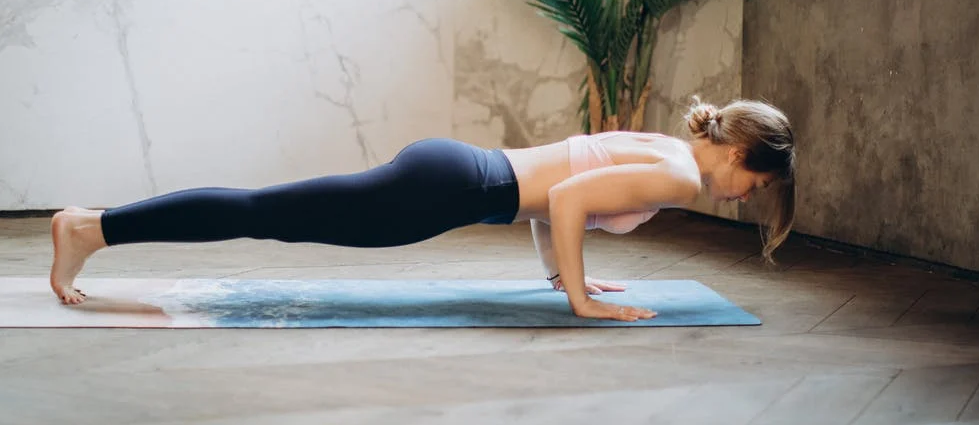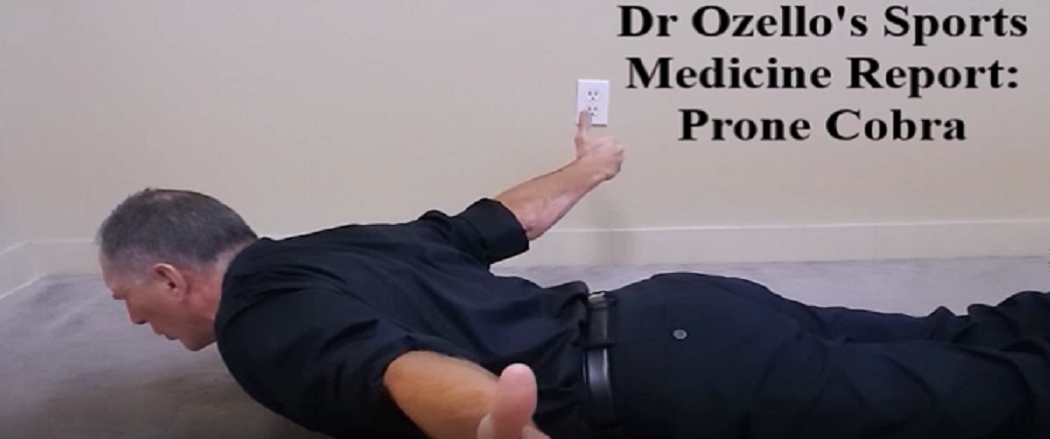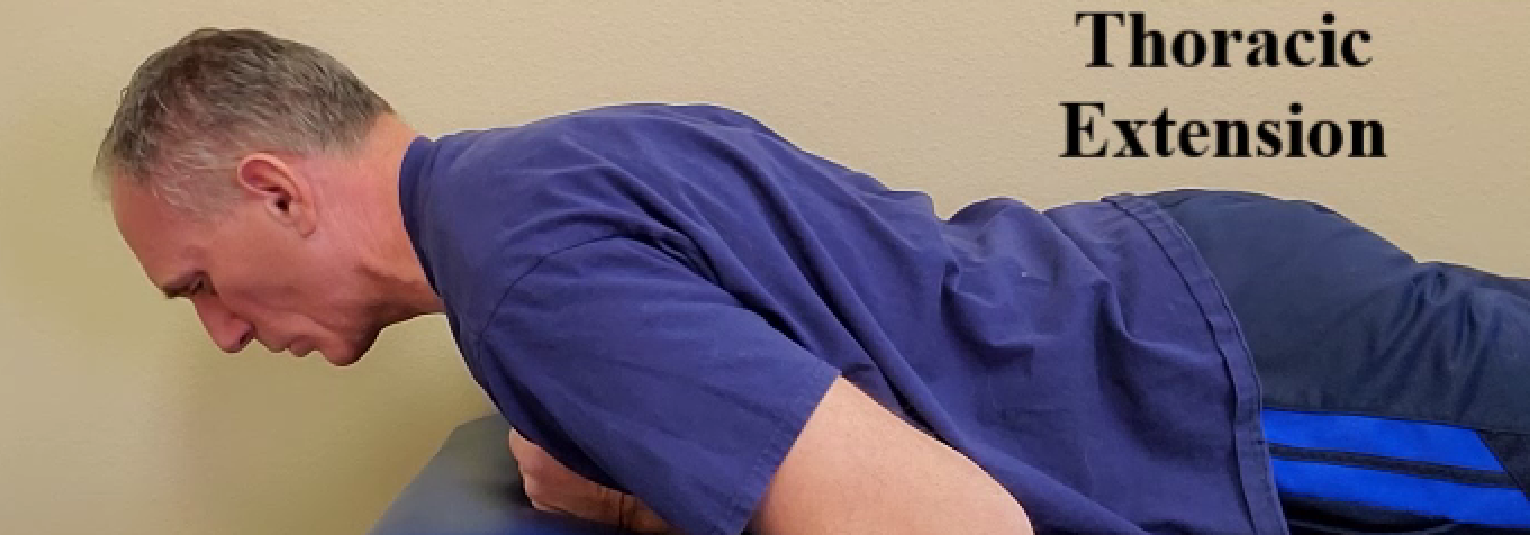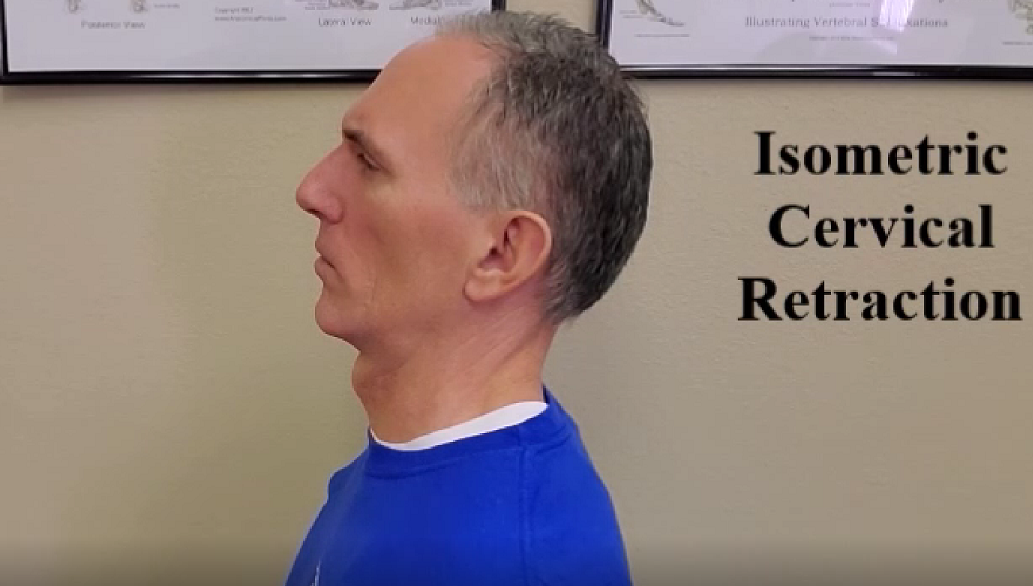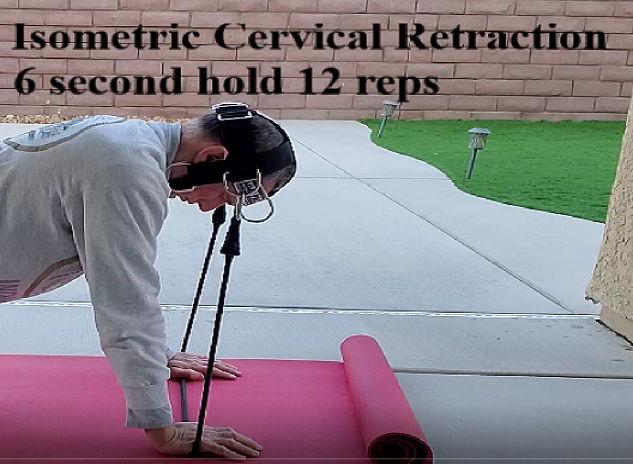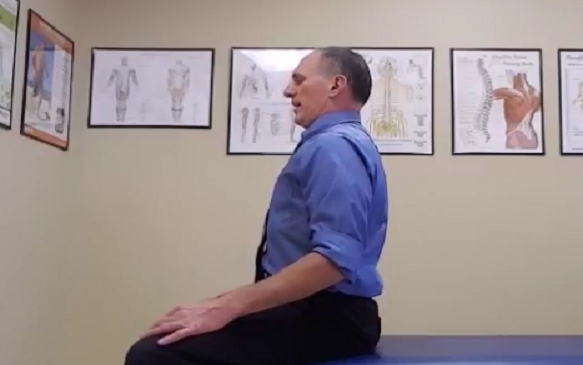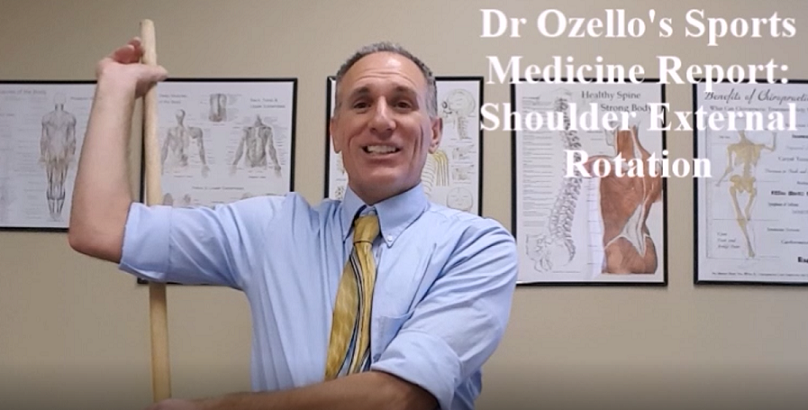Chest Muscle Stretches
Stretch the chest muscles and anterior ribcage muscles to reduce muscle tension, improve upper body posture, increase shoulder range of motion and heighten shoulder function. Tightness in the chest muscles pulls the shoulders forward into poor posture, rotates the scapulae away from the thoracic spine, limits shoulder range of motion and promotes incorrect movement patterns. … Read the rest
